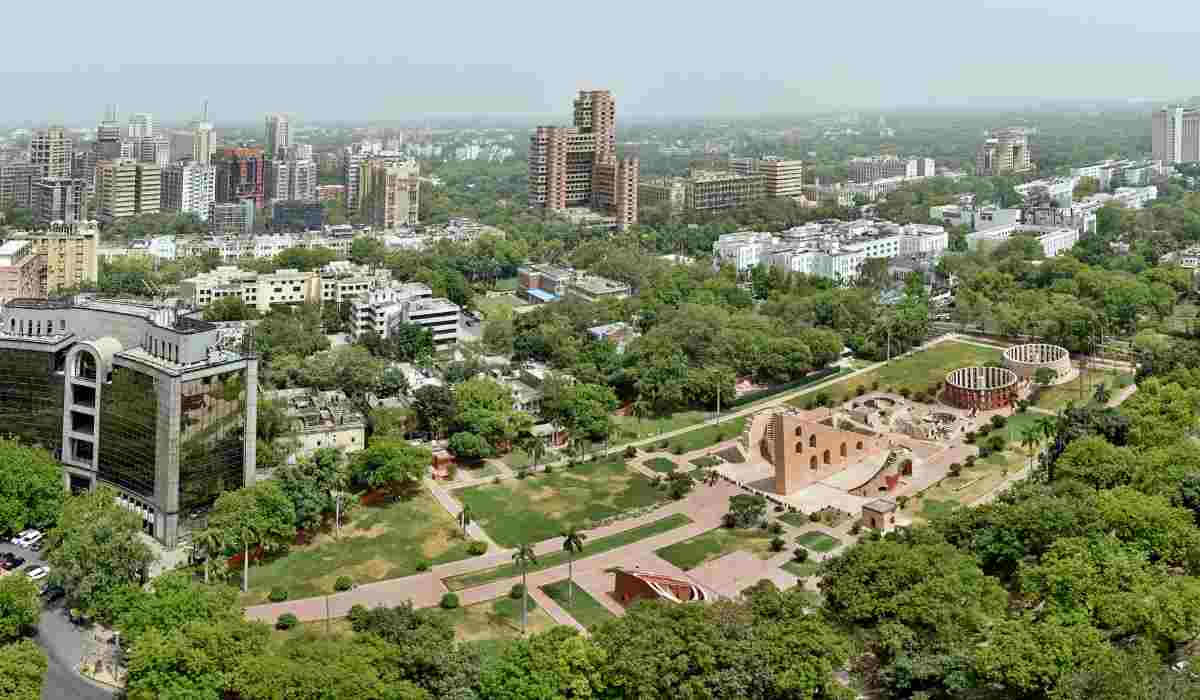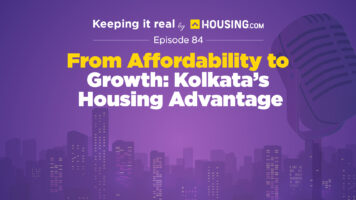The Indian real estate market is in a growth phase, as more people are investing in property. To meet the growing housing demand, reputed developers are launching new residential projects in newer markets. Smaller cities and towns are becoming real estate hubs as top-tier cities see rising property prices. The concept of buying a second home in India is gradually becoming a lifestyle choice and a smart financial decision by urban Indians. Many cities, including the metro cities, are offering real estate investment opportunities for buyers. In this guide, we will compare tier-1, tier-2, and tier-3 cities as potential markets for a second-home investment.
Real estate overview based on city classifications
Cities in India are classified based on factors such as population size and economic growth. The top-tier cities include Delhi, Mumbai, Bangalore, Chennai, Pune, Ahmedabad, Hyderabad, and Kolkata, which drive economic activity and contribute significantly to the national GDP. The consistent, strong demand and limited supply have pushed property prices up. However, these top cities continue to attract buyers and investors owing to a favourable ecosystem with good infrastructure, quality healthcare and educational facilities and thriving commercial hubs. Evolving buyer preferences have influenced the property demand in these cities. Rising disposable income and modern lifestyle needs are influencing buyer behaviour, driving the growth of high-end, amenity-rich housing projects.
On the other hand, tier-2 and tier-3 cities are comparatively smaller in terms of population. However, many of these cities are emerging as popular destinations for property investments. Some key drivers of this growth include increased economic activity, the emergence of new industries, IT companies and startups, and lower costs of living and affordable housing opportunities. A noteworthy factor driving real estate growth in smaller cities is the rapid development of infrastructure. For instance, airport expansion in Coimbatore and metro projects in Kochi and Lucknow have positively influenced the real estate markets in these cities, resulting in significant price appreciation in recent years.
Demand for second homes: Tier-2 cities vs other cities
Several tier 2 cities are becoming sought-after destinations for second home purchases. Cities such as Jaipur, Kochi, Lucknow, Nagpur and Coimbatore have seen increased demand in recent years, and many prominent developers are entering these markets to meet this demand. Most of these cities attract buyers owing to their strategic location advantages. Cities such as Chandigarh, Jaipur and Kochi attract many working professionals due to the growth of startups, IT hubs and educational institutions. On the other hand, cities such as Coimbatore garner buyer attention owing to their proximity to major cities and tourist spots, such as hill stations and temple towns. These factors ensure a consistent demand for property, making investment profitable for buyers.
Gated community projects, which appeal to most homebuyers owing to lifestyle factors and convenience, have been growing in these cities. Moreover, the availability of land parcels in tier-2 cities provides opportunities for new construction, benefiting prospective homebuyers.
As metro cities and neighbouring areas become saturated, real estate development is gradually shifting to newer markets. Affordability is among the major drivers of robust real estate growth in tier-2 cities. Property rates are much lower than those in metro cities. In addition, the government’s initiatives, such as Pradhan Mantri Awas Yojana (PMAY), create a favourable environment for property buyers. Given these benefits, tier-2 cities are the top preferences for buyers when it comes to second-home investments.
Like tier-2 cities, several tier-3 cities are developing with the expansion of industries and increased economic activity. While cities such as Meerut are witnessing rapid infrastructure growth, like the RRTS corridor, some cities may lack certain facilities for comfortable living. Hence, it is important to evaluate the market before investing in a property.
Infrastructure and connectivity
Tier-1 cities, also known as metropolitan cities in India, are characterised by well-developed infrastructure. This includes a robust Metro network with ongoing expansions, major airports, railways, arterial roads, and an efficient public transportation system. New projects are emerging to strengthen existing infrastructure, driving property demand in these cities. Many tier-2 cities are also seeing improved connectivity through expanded infrastructure, including metro rail and expressways, ensuring a high-quality living experience for residents. These significant developments have brought some tier-2 cities at par with the metro cities.
ROI and rental yield in tier-1 vs tier-2 vs tier-3 cities
Prices in top cities continue to rise amid robust demand and growing affordability concerns. Many home seekers choose renting as an alternative. In addition, the presence of employment opportunities attracts many people to these cities, driving high rental demand. Purchasing a property in a tier-1 city to earn rental income may prove beneficial, given stable rental demand. Moreover, given the infrastructural developments and booming economy, property investments are likely to fetch higher returns on investment (ROI).
As per industry reports, prominent tier 2 cities such as Chandigarh and Lucknow have seen double-digit growth in property prices of nearly 10% year-on-year (YOY) with rates nearly comparable to those of cities like Delhi-NCR and Mumbai. Hence, property buyers may get higher returns on investment. While the average property rates in Delhi for mid-segment housing are around Rs 6,000-Rs 12,000 per sqft, the prices in a premium locality of Chandigarh may be around Rs 15,000-Rs 17,000 per sqft. In addition, the presence of IT hubs has transformed cities like Jaipur and Kochi. Buying a second home close to an office hub will ensure steady rental income for the buyer.
On the other hand, second home investments in tier-3 cities may not be as profitable as it would be in metros and tier-2 cities since these cities are still in the development stages. The property market is highly driven by a steady end-user demand. With the growth of startups, housing demand from working professionals has increased.
Housing.com News Viewpoint
Before purchasing a second home, it is crucial for buyers to thoroughly evaluate the market and choose the right city tier based on their housing needs and investment benefits. Tier-1 cities offer stability and steady rental demand; however, the investment may be expensive owing to skyrocketing prices. In case one is buying a second home for affordable living and a comfortable lifestyle, tier-2 markets may offer plenty of opportunities. Moreover, these investments also fetch long-term returns. On the other hand, if you are seeking entry-level investment opportunities in the real estate market, consider tier-3 cities that offer low-cost housing but may offer slower returns.
FAQs
Is it better to buy a second home in a metro or a smaller city?
If you are looking to buy a second home for investment purposes, consider buying in an emerging tier-2 city with plenty of opportunities. Opting for a second home in a metro city may be expensive and require a significant investment due to high prices.
Which cities offer the best appreciation potential for second homes?
Several smaller cities, such as Lucknow, Chandigarh, Jaipur, and Coimbatore, offer excellent appreciation potential for second-home investments.
| Got any questions or point of view on our article? We would love to hear from you. Write to our Editor-in-Chief Jhumur Ghosh at jhumur.ghosh1@housing.com |






